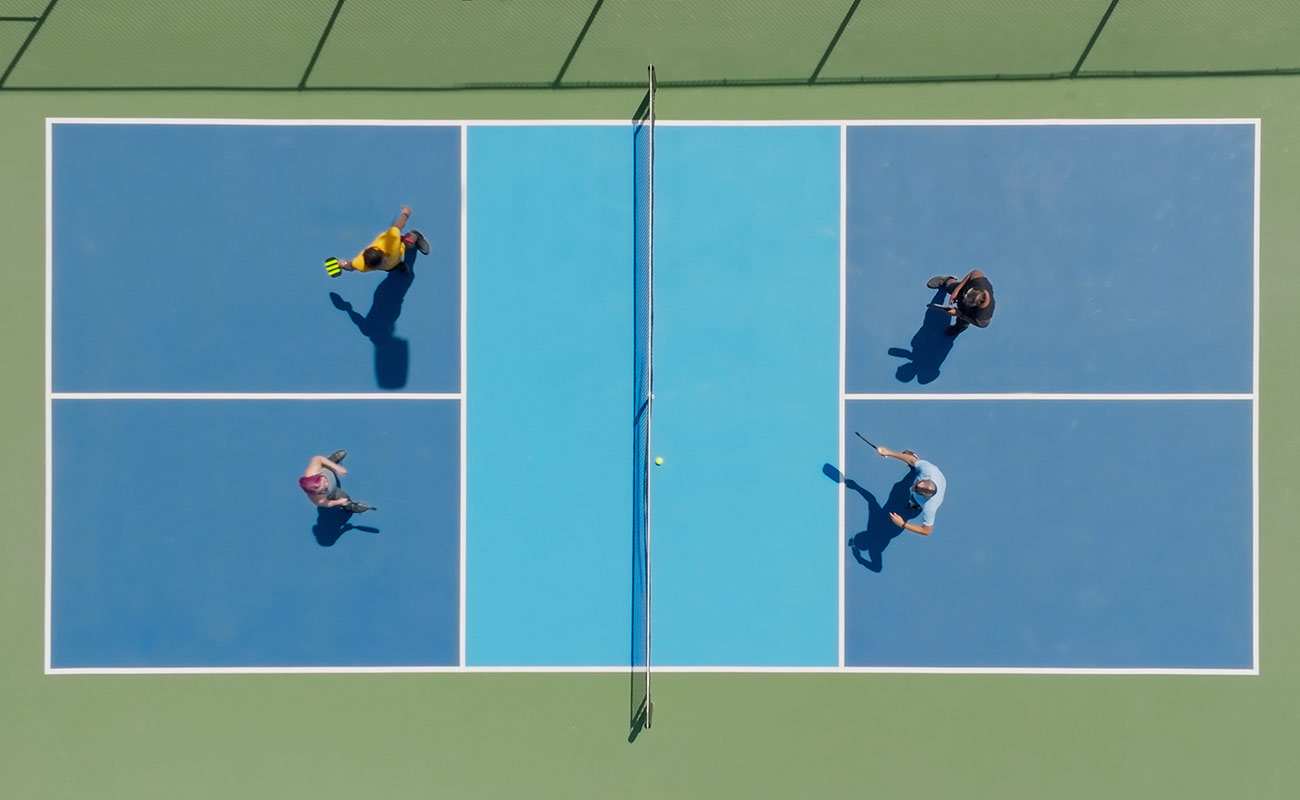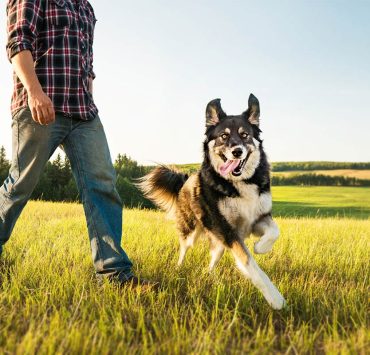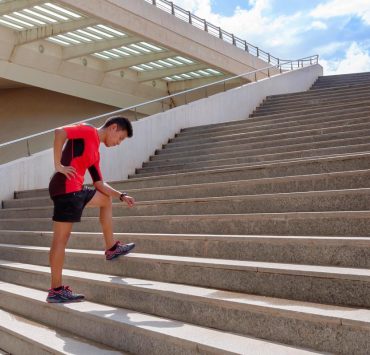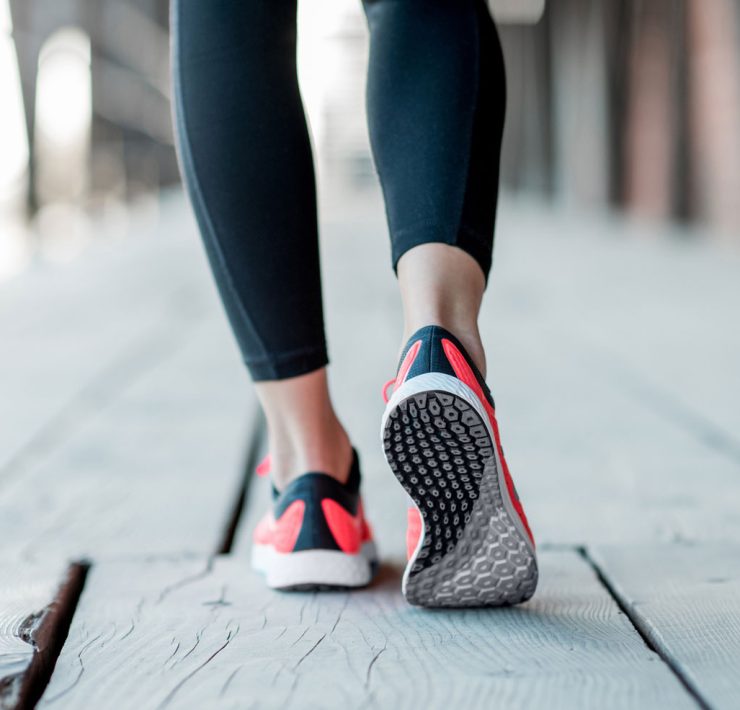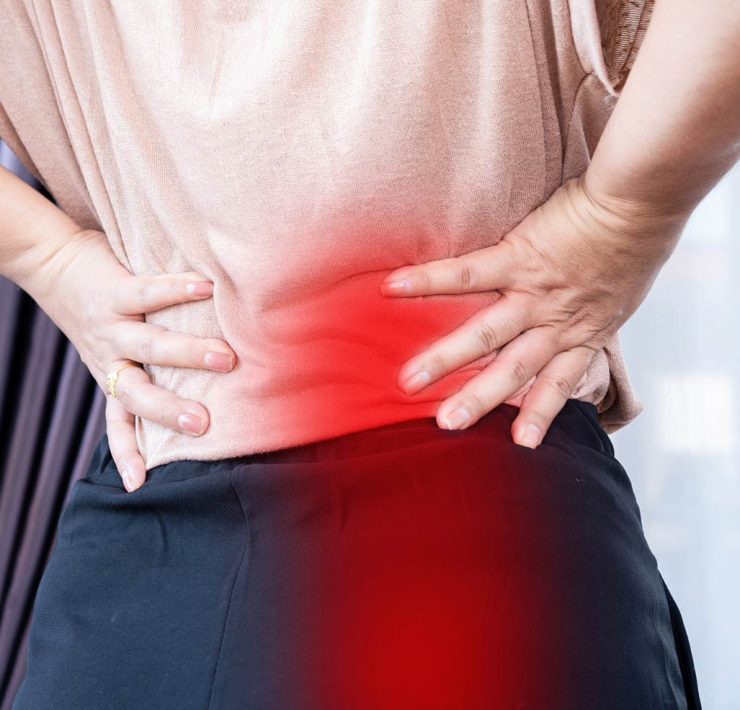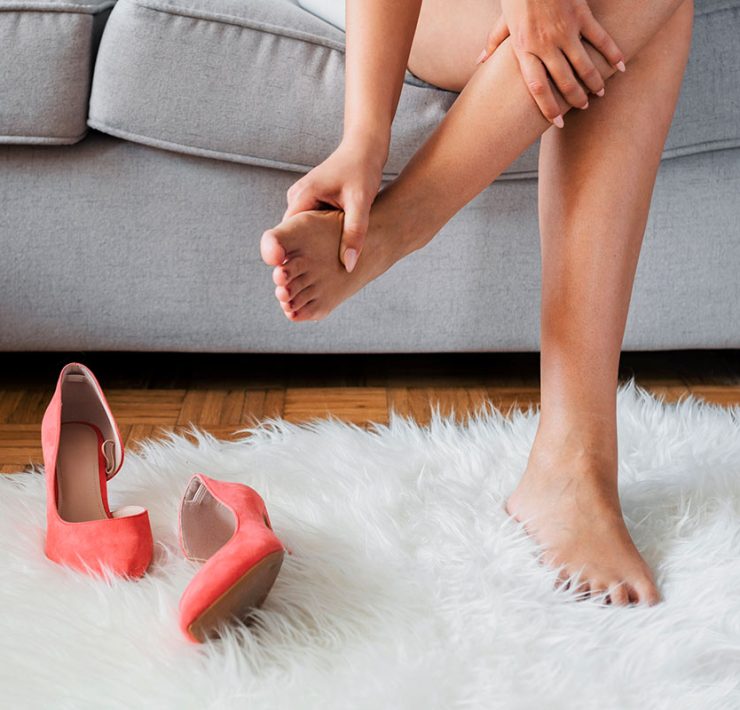Are you one of the 5 million pickleball players in the United States? Or, have you heard about the funny-sounding sport named “pickleball?” Pickleball is one of the fastest growing sports in the USA and is relatively young, invented in Bainbridge Island, west of Seattle, in 1965. It is an easy game to learn with basic mastery after just one session. But don’t be fooled by the accessibility—there’s a national pro pickleball league and tournaments proffering up tens of thousands in prize money each.
If you’ve been bitten by the pickleball bug, you might be playing multiple times per week. With a hard court surface (sometimes a wooden gym floor, sometimes something like an outdoor tennis court), swinging a paddle usually only with your dominant hand, and quick movements, pickleball can take its toll on the human body.
In order to stay pain-free while playing pickleball, it’s important to take proactive care of your body. Stretching, foam rolling, massage, and physical therapy can all help your body stay in tip-top shape.
Shoulder Maintenance
A common complaint in pickleball is pain around the back and shoulder blade of the arm that holds your paddle. While some pain may be the result of overuse of the muscles in your shoulder blade, shoulder pain is more commonly resulting from tightness in the pectoralis major and/or pectoralis minor.
Tight or contracted pecs pull on the muscles in the back and shoulders, particularly the latissimus dorsi (or “lat” muscles), which causes the pain in the rear of your shoulder. The latissimus dorsi is a large, flat muscle that wraps all the way from your lower back, around your ribs, connecting to the front of your upper arms. To relieve lat pain, you may need to work on the too-tight muscles on your chest.
Stretch
Pec stretching: There are lots of ways to stretch your pecs, but some perennial favorites include doorway and floor stretches.
To stretch your pecs in a doorway, stand in the doorframe and hold your arm up in a right angle so that your elbow and forearm catches on the doorframe while your body continues to move through it. Hold that stretch about 15 seconds, then reposition your forearm up or down and repeat.
To do a floor pec stretch, lay face down on the floor, and extend your right arm straight out like you’re forming half a T. Then look to the left and move your torso and head to look extremely to the left, behind your back. You will be opening your chest to the left, with your right arm extended behind your body. Turning your torso, supporting a bit with the left arm, and the weight of your body and legs can help gently pull you into a deeper stretch across your pecs, especially your right pec. Repeat on the other side. Then repeat both sides with your elbow bent and forearms flat on the floor. This specific position stretches your pec minor; not that you won’t be able to turn as deeply into the stretch, so don’t push yourself too hard!
Foam Roll
Foam roll your pecs and your lats to massage and relax both sides of your upper trunk.
Self Massage
Use your opposite hand, and poke 3 or 4 stiff fingers into your pec to create a single point of pressure. Then do shoulder rolls in both directions while maintaining the stiff fingers in your pec. Move your fingers to a different spot in the pec muscle and repeat the shoulder rolls.
Book a Massage
A massage therapist will likely work on your total shoulder girdle, front and back, and also massage the neck.
Forearm / Tennis Elbow Issues
When holding your paddle for extended periods, you can develop the condition commonly called “tennis elbow” or, more technically, lateral epicondylitis. This presents as pain in the forearm and on the outside of the elbow, at the lateral epicondyle.
And then there are the wrists. The muscles and tendons that extend your wrist (folding the back of your hand toward your forearm as though you’re holding a platter or signaling “Stop”) are colloquially called extensors and include the extensor carpi radialis longus, the extensor carpi radialis brevis, and the extensor carpi ulnaris. These muscles can easily become sore from constant stretching and overuse. On the other side of the wrist are flexors, which bring the palm of your hand inward toward the inside of your wrist. These muscles are activated during extended periods gripping a pickleball paddle, while your extensors are stretched, all of which can result in forearm soreness. For relief, you can try any or all of the following:
Stretch
Upside-down prayer hands: Put your palms together in front of your sternum like you’re saying a prayer. Then rotate your hands outward until your fingers point to your feet. If you want more of a stretch, you can push one hand forward into the other hand and vice versa, back and forth. This will stretch the wrist flexors and relieve pain in the extensors.
Self Massage
Bend forward and place your right forearm in your right knee-pit and then squat on your right side, kneeling on your left knee to support and stabilize. With your arm trapped between your calf and hamstring, flex and extend your wrist and open and close your hand a few times. Repeat with the left hand and left leg. For a deeper massage, you can do both arms in both legs at the same time…but do so with caution.
Book a Massage
The massage therapist will massage the flexor muscles which will ease the pain on the extensor muscles. Therapists can also assist in stretches of the flexors, the supinators and pronators (muscles that control turning your forearm), and your biceps. The therapist may also massage directly on the source of the pain on your lateral epicondyle and into your upper arm and pecs.
Lower Leg Pain
Sudden starts, stops, and unusual motions can all wear on your lower legs. Add in an unforgiving surface like a pickleball court, and you’ve got a recipe for lower extremity pain. The pain can present as plantar fasciitis, achilles tendonitis, shin splints, or just general achiness. Luckily, there are a variety of ways to attack it.
Ice
Ice baths can really help turn around shin splints and general achiness. To take an ice bath in your home bathtub, fill it up with cold water only. While the tub is filling, run to your freezer and grab all the ice you can, and dump it into the tub. Then jump on in! The water may not feel fine, but it’ll be helpful for aches and pains after the bath. Try to stay in the bath for 15–20 minutes. We promise it’ll get easier after the first couple minutes.
Alternatively, targeted icing on the affected area will provide quick relief of inflammation. One handy technique is to freeze small dixie cups of water, and when you’re ready to use it, peel back half the dixie cup to expose the ice, using the remainder of the dixie cup to hold it. But do still keep a towel handy for drips. Or just use a reusable cold pack from the freezer.
Elevation
Put your legs up on a wall: Lie down on the floor and scoot your behind directly up against the wall. Your legs should not be just slightly elevated—your hips should be bent at 90 degrees and your legs fully vertical. Elevation uses gravity to help drain inflammation from your legs. Some inflammation is good for healing, but chronic stagnant inflammation doesn’t help the healing process, and may impede it. By elevating your legs for 15-20 minutes, the body is forced to drain the old inflammation and, if needed, make way for fresh, new, healing inflammation!
Stretch
Calf stretching can help. Make sure to perform the calf stretch with both a bent knee and a straight knee. This will ensure a stretch of both the main muscles of the calf (bent knee = soleus stretching, straight knee = gastrocnemius stretching).
Self Massage
Roll a golf ball under your foot. For maximum benefit, perform this self-massage technique before getting out of the bed in the morning. Overnight, your body has healed microscopically. Rolling the golf ball under your foot helps to warm the tissues and preserve that healing. If you jump out of bed in the morning, the previous night’s healing might not survive the sudden change from supporting none of your bodyweight to supporting all your bodyweight. This technique is especially important for plantar fasciitis and achilles issues.
Foam Roll
Foam rolling your calves before and after exercising can help with calf pain, shin splints, achilles tendonitis, and plantar fasciitis.
Book a Massage
The massage therapist can help each type of pain by specifically addressing your unique needs. For example, if your achilles tendonitis is tender to the touch, the therapist will likely work on the calf and plantar surface of your feet to help relieve pulling on your achilles.
Consulting a Physical Therapist
If you’re experiencing strain or injury that hasn’t resolved with stretching or massage, consider speaking with a physical therapist. He or she will assess the areas of concern to establish the source of pain or weakness. A physical therapist will provide you with targeted exercises to help strengthen the relevant muscles and may perform soft tissue manipulation on the affected and/or surrounding areas.
Pickleball is a great sport that provides both physical benefits and social connections. Consider booking a massage today so you can enjoy pain-free weekend recreation!
Melanie Peddle holds a MS in Mechanical Engineering and has been practicing massage since 2012. She is an instructor with Western Colorado University in its partnership with the University of Colorado, focusing on biomechanical engineering and injury, as well as applications in adaptive sports. An accomplished collegiate athlete, Melanie brings an engineer's mind to all her physiological pursuits, and a passion for the most interesting engineering challenge of all: the human body.

